How to Set Up a Paper Management System in 5 Easy Steps
Invest a few hours in creating a simple system to help keep paper clutter under control
Many of my clients struggle to eliminate paper clutter in their homes. Often, kitchen worktops become drop zones for post, receipts, coupons, brochures, meeting notes, school forms and advertising flyers. As a professional home organiser, I recommend implementing a simple management system to organise incoming paper and help keep the flat surfaces in your home tidy.
1. Create a drop zone for all incoming post and paper
Recommended supplies: A basket, magazine file, tray or similar container.
Suggested use: I recommend teaching household members to place post and other incoming paper into a storage container, such as a basket, magazine file or attractive tray. Place your container on a hall table, worktop or other easily accessible surface.
I personally don’t attempt to organise my drop zone container in any way. Once a week, I take my basket to my workstation for processing.
Need a little help getting started? Find home organisers in your area and read reviews from previous clients.
Recommended supplies: A basket, magazine file, tray or similar container.
Suggested use: I recommend teaching household members to place post and other incoming paper into a storage container, such as a basket, magazine file or attractive tray. Place your container on a hall table, worktop or other easily accessible surface.
I personally don’t attempt to organise my drop zone container in any way. Once a week, I take my basket to my workstation for processing.
Need a little help getting started? Find home organisers in your area and read reviews from previous clients.
2. Establish a dedicated workstation to manage household paper
If you’re responsible for managing bills, finances and other household business, I recommend creating a dedicated office zone not shared with other household members. Having your own workstation will help you to stay organised.
If you don’t have the luxury of a home office, place a small desk or table in an unused corner of the living room, dining room or kitchen. You might also repurpose an unused cupboard or nook in your home.
Consider reminding family members not to use your desk or supplies. Even if you don’t work outside the home, it’s important to have some space that is your own personal domain.
Recommended supplies:
I’m mindful not to save unnecessary paper and refrain from having paper piles cluttering my house. I recycle any unneeded documents. I keep a small decorative box under my desk where I stash papers for shredding.
If you’re responsible for managing bills, finances and other household business, I recommend creating a dedicated office zone not shared with other household members. Having your own workstation will help you to stay organised.
If you don’t have the luxury of a home office, place a small desk or table in an unused corner of the living room, dining room or kitchen. You might also repurpose an unused cupboard or nook in your home.
Consider reminding family members not to use your desk or supplies. Even if you don’t work outside the home, it’s important to have some space that is your own personal domain.
Recommended supplies:
- A desk or work table with drawers for supplies.
- One filing drawer or standalone filing cabinet.
- Office supplies, such as a stapler, label-maker, pens, scissors, paper clips, envelopes, stamps and notepaper.
- I recommend using drawer organisers to separate supplies into categories. Perhaps you can repurpose small boxes you already own? If you’re buying new organisers, I suggest measuring the drawers before purchasing for the right fit.
I’m mindful not to save unnecessary paper and refrain from having paper piles cluttering my house. I recycle any unneeded documents. I keep a small decorative box under my desk where I stash papers for shredding.
Need a pro for your home renovation project?
Let Houzz find the best pros for you
Let Houzz find the best pros for you
3. Set up a filing drawer for frequently accessed files
Create a hanging folder for each file and label it using a label-maker or handwritten tag. Organise alphabetically in your filing drawer.
Recommended supplies: One filing drawer, hanging files, plastic file tabs, paper labels and label-maker (optional).
Suggested use: Most of my bills are paid automatically, so I don’t receive many in the post. However, I still find it necessary to have one small drawer for some documents. I could spend time scanning them and filing them on my computer, but for me it’s easier to use paper files.
I have one letter-sized filing drawer that’s only about three-quarters full. I’ve customised it for my needs. I review files and purge unnecessary paper approximately once a year.
Here are a few examples of types of documents I save and the files I’ve set up:
Create a hanging folder for each file and label it using a label-maker or handwritten tag. Organise alphabetically in your filing drawer.
Recommended supplies: One filing drawer, hanging files, plastic file tabs, paper labels and label-maker (optional).
Suggested use: Most of my bills are paid automatically, so I don’t receive many in the post. However, I still find it necessary to have one small drawer for some documents. I could spend time scanning them and filing them on my computer, but for me it’s easier to use paper files.
I have one letter-sized filing drawer that’s only about three-quarters full. I’ve customised it for my needs. I review files and purge unnecessary paper approximately once a year.
Here are a few examples of types of documents I save and the files I’ve set up:
- Medical file: Test results, notes and records for medical situations that have not been resolved.
- Current tax year file: Paperwork necessary to complete taxes for this year.
- Car records: Receipts from recent car repairs, MOT etc.
- Receipts and warranties: Try to limit the number of receipts you keep and purge this file often.
- Pet file: Records of vaccinations and other medical information.
- Utility file: One paper bill from each of my utility companies with customer service number and account number. This information could also be stored in a computer file.
4. Use a separate filing box for long-term document storage
There are some files you seldom or never access. I recommend storing these in another location and not in your active filing drawer.
Recommended supplies: Bankers box or portable filing box, fireproof box or safe.
Suggested use: Here are examples of files I recommend keeping in your non-active filing box. I store my long-term files on the top shelf of a cupboard.
There are some files you seldom or never access. I recommend storing these in another location and not in your active filing drawer.
Recommended supplies: Bankers box or portable filing box, fireproof box or safe.
Suggested use: Here are examples of files I recommend keeping in your non-active filing box. I store my long-term files on the top shelf of a cupboard.
- Tax returns and receipts from the last six years (or less, depending on your tax situation).
- Car and bike records. It’s best to keep car loan documents until the loan is fully paid off and also title documents for the car(s) you currently own. You may want to save purchase receipts for bikes. Be sure to file all repair, service and MOT records. You’ll want to show these to a potential buyer when you sell your car or bike, so the buyer can be confident your vehicle was properly serviced and that both your vehicle and bike come with an uncomplicated ownership history.
- Official records: birth and death certificates, adoption papers, marriage licenses, divorce decrees, estate plans, National Insurance card, passports, records of paid mortgages and military discharge papers. I suggest keeping these in a fireproof box.
5. Employ magazine files for large, ongoing projects
Recommended supplies: Magazine files.
Suggested use: I advise using magazine files to keep larger projects from cluttering up your worktops. For example, during a home renovation, you may find yourself accumulating glossy brochures, paint cards, fabric swatches and receipts. Instead of letting these items create clutter, use a magazine file to store everything during the duration of the project.
Magazine files are also useful when managing a large event such as a wedding, charity auction or other celebration. Keep the file in a handy location so you can easily add to it.
You might also enjoy These Are the Tidying Methods Experts Swear By.
Recommended supplies: Magazine files.
Suggested use: I advise using magazine files to keep larger projects from cluttering up your worktops. For example, during a home renovation, you may find yourself accumulating glossy brochures, paint cards, fabric swatches and receipts. Instead of letting these items create clutter, use a magazine file to store everything during the duration of the project.
Magazine files are also useful when managing a large event such as a wedding, charity auction or other celebration. Keep the file in a handy location so you can easily add to it.
You might also enjoy These Are the Tidying Methods Experts Swear By.
Other suggestions for controlling paper clutter
- Review your post before taking it to any other part of your home and throw away any junk mail straightaway.
- Sign up for direct debits for utility bills, mortgage payments and other monthly bills.
- Sign up for email delivery of statements from banks and other financial institutions.
- Shred paper bills once they’re paid or drop off documents to be shred at a shredding company twice a year.
- Be mindful of the paper you bring into your home, such as glossy magazines, estate agent flyers or campaign ads. All of this information can be found online.
- Recycle unnecessary papers once you’ve finished a large project.
- Consider recycling instruction manuals for small appliances such as toasters or coffee-makers; you can probably find any information you need online.
- Scan anything important and store it in the cloud.
- Keep a record of jury duty in a file on your computer and throw away the notice.
- Be selective when saving your child’s artwork. Consider storing their art projects in a portfolio case and keep that in a handy location. At the end of the school year, cull your stash and place your favourites into a larger storage container and move to more permanent storage. To save space, think about taking photos of your favourite art and creating a digital photo book at the end of each school year.
Set yourself up for success by spending a few hours this autumn creating your own paper management system. Your home should be a place where you can relax and recharge. Don’t let piles of paper keep you from enjoying the calm a clutter-free space can bring.
Tell us…
Have you implemented any of these ideas in your own home? Let us know in the Comments.
Tell us…
Have you implemented any of these ideas in your own home? Let us know in the Comments.


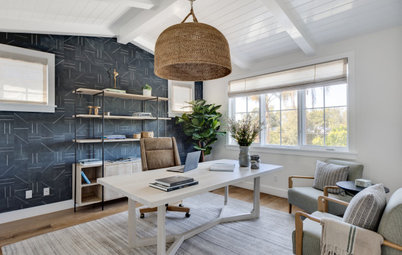
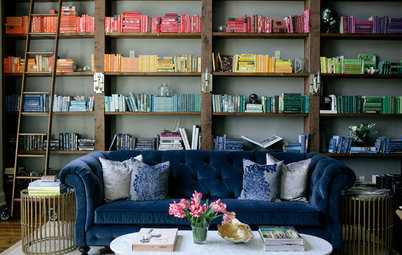
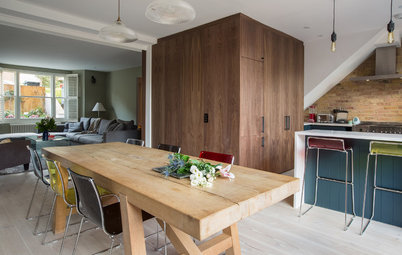
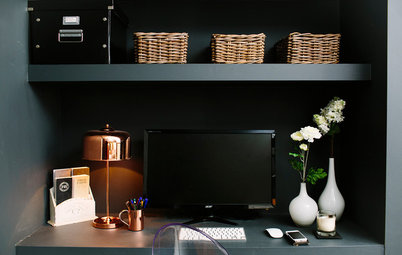


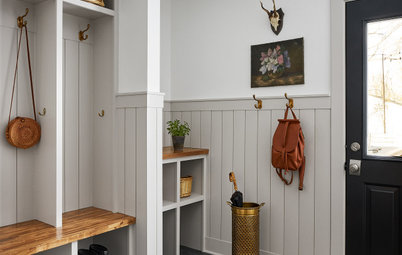
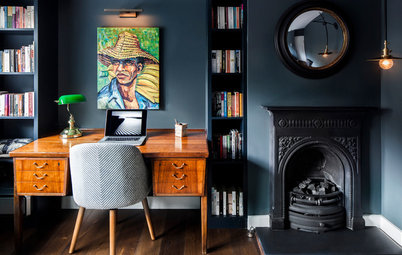
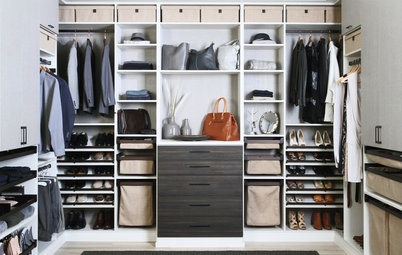
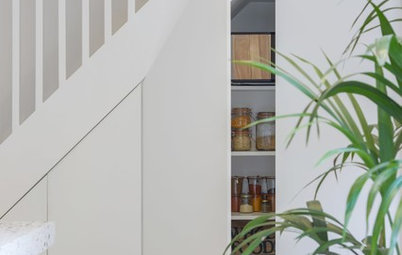
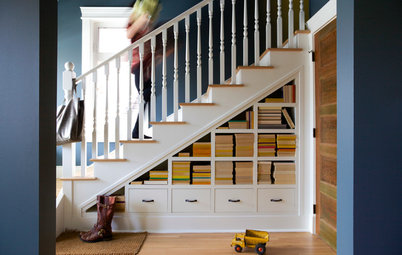

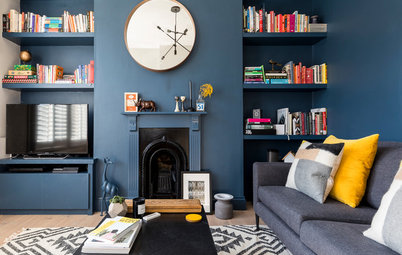
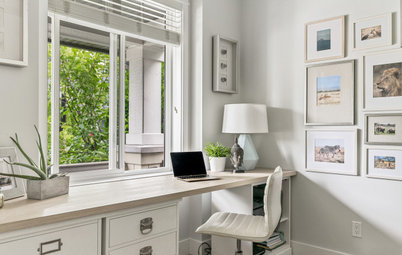
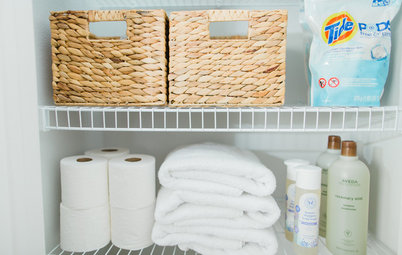

Many of us need a simple approach. I spent a few hours setting up my system, and now I keep my worktops tidy with little effort. Bear in mind that everyone has their own style, and you may need to adjust my method to meet your unique needs; some may prefer a more detailed system.
Read on for a few tips that might help you control the mess on your surfaces.